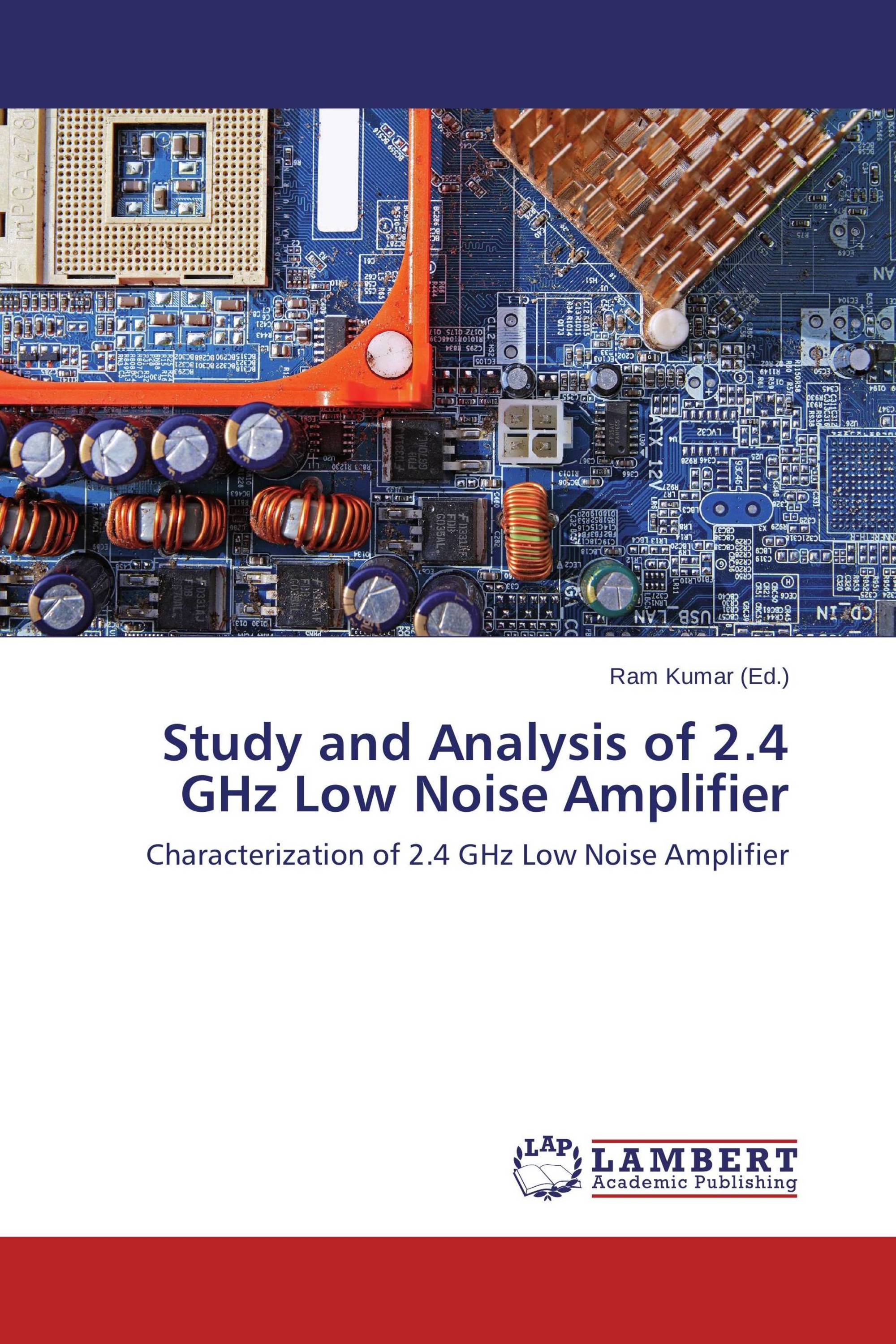Study and Analysis of 2.4 GHz Low Noise Amplifier
Characterization of 2.4 GHz Low Noise Amplifier
€ 39,90
The concept of the RFIC design needed for the design of low noise amplifier such as gain, noise, stability, linearity, power consumption etc is discussed in the report. An overview has been given on different LNA architecture, their advantages and disadvantages have also been discussed.In this thesis the design and analysis of a low noise amplifier at 2.4GHz frequency has been discussed. We used cascode source degeneration topology for this design because this is provides some significant advantages over other topologies. The designed circuit is simulated with the help of spectre simulator from cadence design system using UMC .18um CMOS technology. After the simulation we got the simulated result of low noise amplifier as forward voltage gain(S21) of 24.3dB, noise figure is 1.8dB and minimum noise figure is 1.6dB, input reflection coefficient (S11) is -25.83dB, stability factor (Kf) is 4, third order intercept point(IIP3) is – 9.06dBm by using power supply voltage of 1.8v.
Book Details: |
|
|
ISBN-13: |
978-3-659-59524-0 |
|
ISBN-10: |
3659595241 |
|
EAN: |
9783659595240 |
|
Book language: |
English |
|
Edited by: |
Ram Kumar |
|
Number of pages: |
60 |
|
Published on: |
2014-08-28 |
|
Category: |
Electronics, electro-technology, communications technology |
